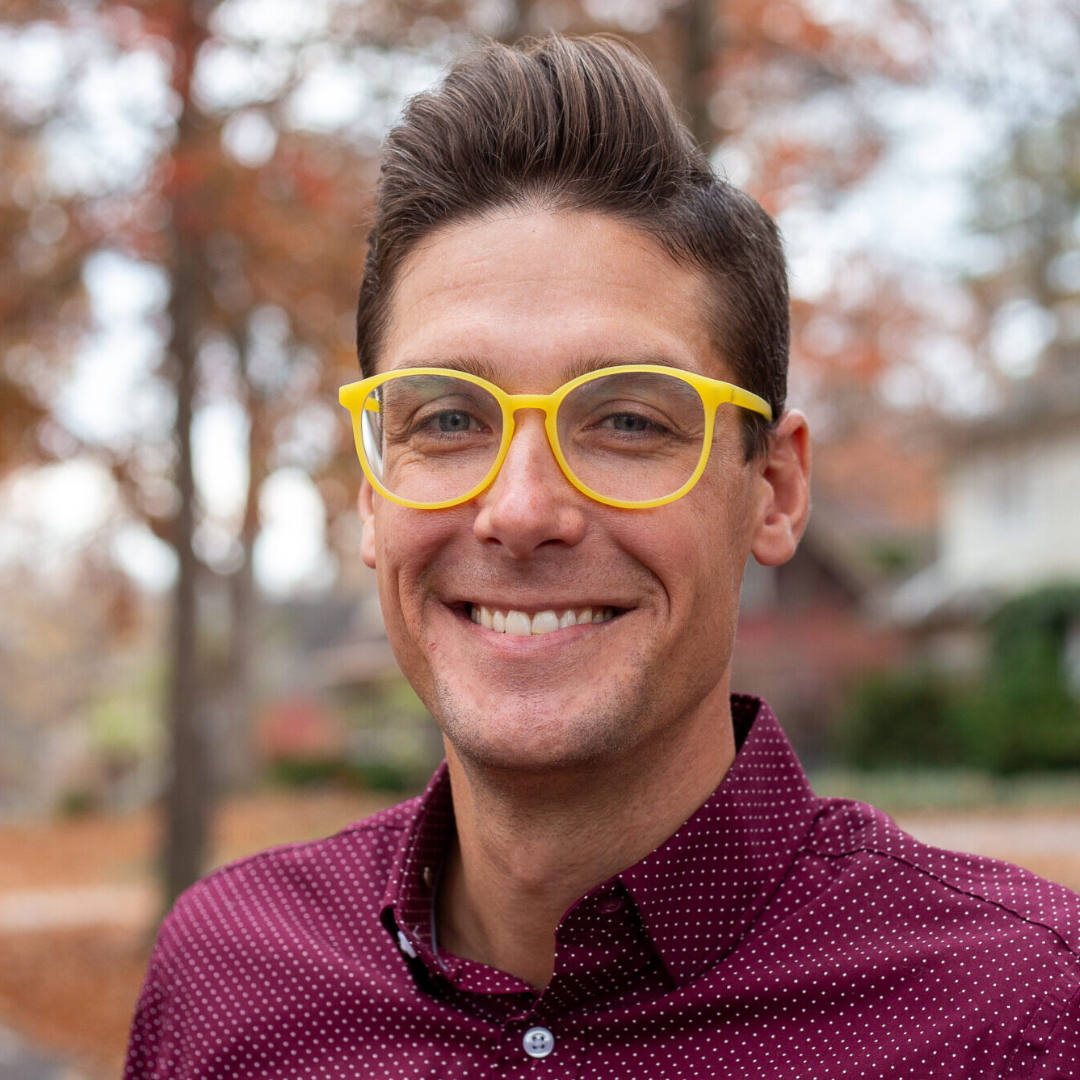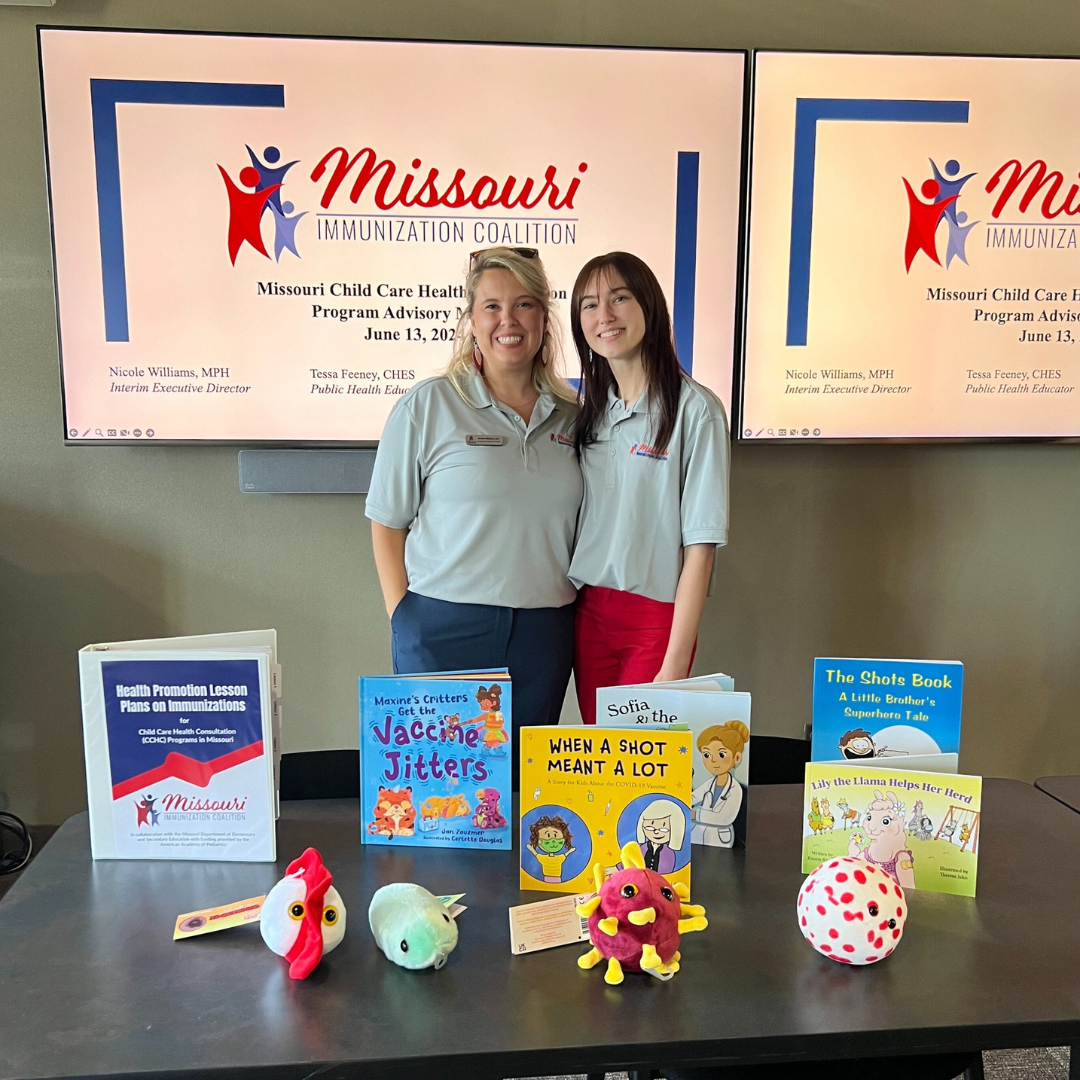Wondering where to go to get a COVID-19 vaccine in Missouri? On Friday, the state launched an interactive map detailing where over 1,100 providers are located across the state. But not all locations identified on the map as providing the vaccine, actually have vaccines on hand to administer. And reports that the federal government has already exhausted its supply of reserve COVID-19 vaccines could hamper efforts in Missouri to quickly expand the number of residents with shots in the arm.
Among the providers listed is the Sullivan County Health Department in Northern Missouri. On Friday, Deborah Taylor, the administrator of the Sullivan County Health Department, said that her department has yet to receive its first vaccine shipment. The department was approved as a vaccinator a couple of weeks ago, Taylor said and worked with other providers in the region to submit an order for a shipment of Pfizer vaccine. It’s an issue providers are facing across the state. Currently, a request for doses does not mean an order will be approved, due to the state’s limited supply.
Members of the state’s vaccine planning and distribution team stressed that while the state is expanding who is eligible to receive their first dose, the state hasn’t received enough vaccine from the federal government to cover everyone within those categories. First responders and other healthcare workers can now receive their first dose after the state activated the first tier of “Phase 1B.” On Monday, tier two will begin, allowing residents 65 years and older and people with certain underlying health conditions, like cancer or Type 2 diabetes, to be vaccinated. The two tiers contain over 40 percent of the state’s population, with an estimated 2.7 million people.
The state is still working through vaccinating roughly 500,000 front line healthcare workers and residents and staff of long-term care facilities who are in “Phase 1A.” The state’s vaccine distribution and planning team has said an estimated 35 to 40 percent of Phase 1A has received their first dose, with about 18 percent of long-term care facilities residents and staff having received that initial shot. Requests for doses must be submitted to the state by 5 pm on Wednesdays, but the state didn’t announce it was expanding eligibility for the vaccine until Thursday. That means some providers may not see a vaccine shipment for at least another week — and that’s if their order is approved.
“It kind of caught us off guard,” Welker said of Thursday’s announcement. “Notice would have been helpful — at least a week.”
Adam Crumbliss, the director of DHSS’ Division of Community and Public Health, said on a call with vaccinators Thursday that the limited supply will continue to be a “rate limiter Simply because we’re moving into a new tier, does not mean that we have suddenly developed a new vaccine supply chain,” Crumbliss told vaccinators. “We’re still constrained in what we have.”
Lynelle Phillips, the president of the Missouri Immunization Coalition and vice president of the Missouri Public Health Association, said the state faces “a big distributive justice challenge.” It must weigh when competing groups will receive the vaccine, like people who are high-risk because exposure could make them sicker versus those who are high-risk for potentially more widespread exposure.
“You have to — in public health decision making — justify why the 80-year-old with Type 2 diabetes who never goes anywhere gets vaccinated first, before the very healthy 21-year-old that’s returning to campus that could potentially spread COVID all over the place,” Phillips said. “It’s just a real conundrum.”
The map unveiled Friday marks the first comprehensive look at who has been approved to offer the vaccine throughout the state. Earlier in the week, local public health departments had said they had not yet been told by the state who else was providing the vaccine.
Scott Clardy, the assistant director of the Columbia/Boone County Department of Public Health and Human Services, said earlier this week that the department worked on its own to determine who else was a vaccinator in the area. “We don’t have the full picture. And it’s certainly not due to a lack of trying,” Clardy said Wednesday, later adding: “We’d like to know how much vaccine has been sent into Boone County. We’d like to know how many people in Boone County have received their first or second dose.”
Many health departments have recently launched surveys to assess residents who were interested in receiving a vaccine, and gather contact info to notify them when doses were available. Both Boone County and St. Louis County received their first shipment of 975 Pfizer doses last week.
The St. Louis County Department of Public Health had nearly 100,000 responses to its form in about five days, Christopher Ave, the department’s spokesman, said earlier this week. In Boone County, over 9,200 responses had been received as of Wednesday afternoon, Clardy said.
In Sullivan County, the health department posted on its Facebook page to let residents know that there was no need to call the office. The department would reach out when supply is available.
“You just have to leave everything kind of up in the air,” Taylor said.
State officials said the decision to move into additional tiers was in light of a “significant increase” in expected vaccine supply following the Trump administration’s announcement that second doses would not be withheld, however, The Washington Post reported Friday that when Health and Human Services Secretary Alex Azar announced that the federal government would be releasing the second doses that were held back, no such reserve existed.
It’s unclear how this may affect Missouri’s distribution plan. A spokeswoman for the Department of Health and Senior Services did not immediately respond to a request for comment Friday.
Kelli Jones, a spokeswoman for Gov. Mike Parson, said that on Wednesday, both Azar and Robert Redfield, the director of the Centers for Disease Control and Prevention, encouraged governors to activate the next phases and vaccinate those 65 years and over and others with high-risk medical conditions.
“We cannot wait until we are at 100 percent uptake in Phase 1A before we move on to Phases 1B and 1C. We need to start offering vaccine to these other priority groups now. This is my recommendation; it is not a directive,” Redfield wrote in a letter to governors provided by Parson’s office.
Missouri’s state health officials have previously urged providers to request that the federal government send allocation estimates at least a month in advance to facilitate better planning on the ground.




